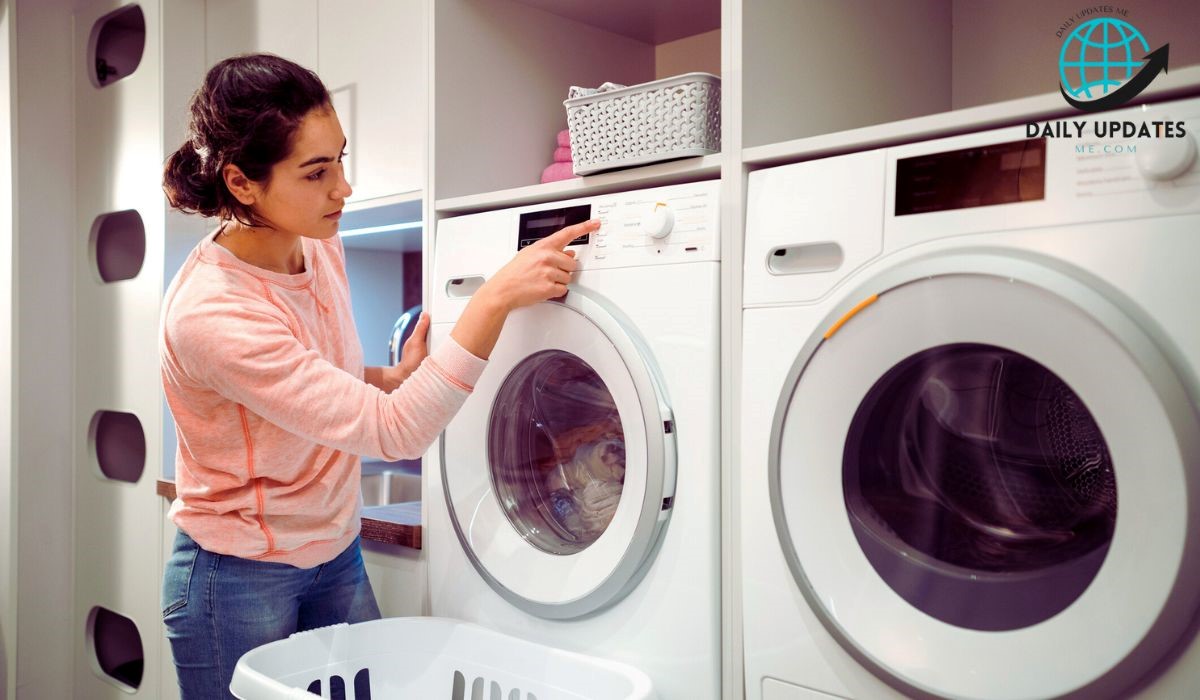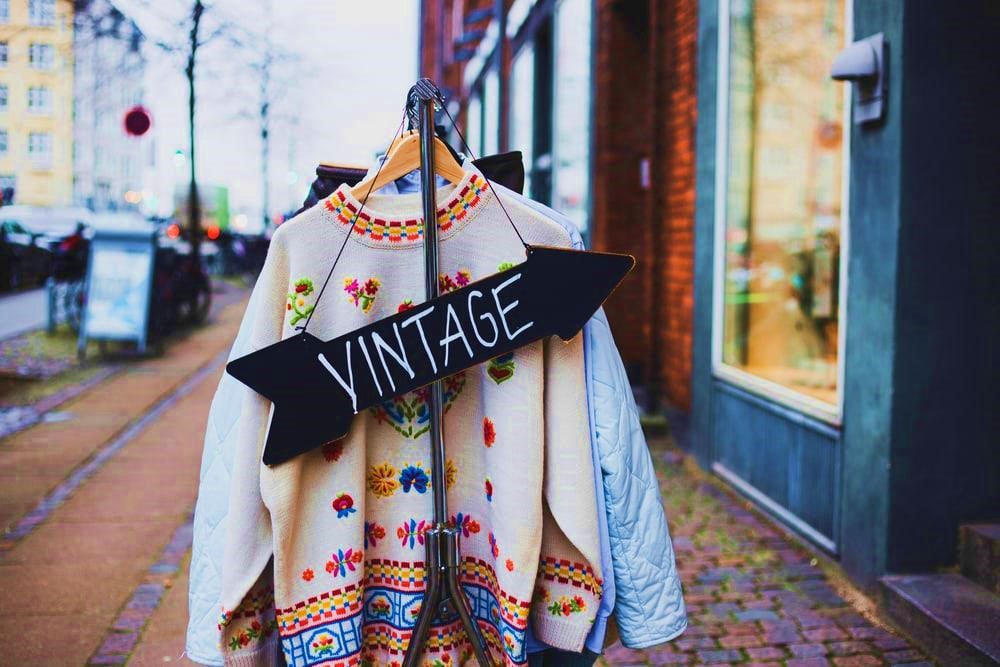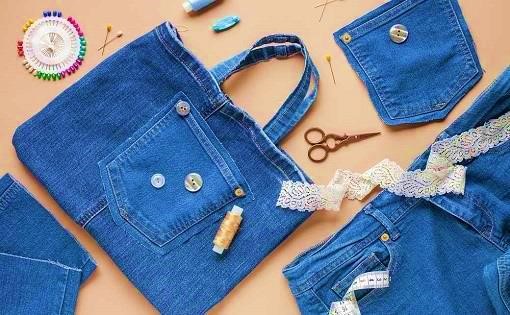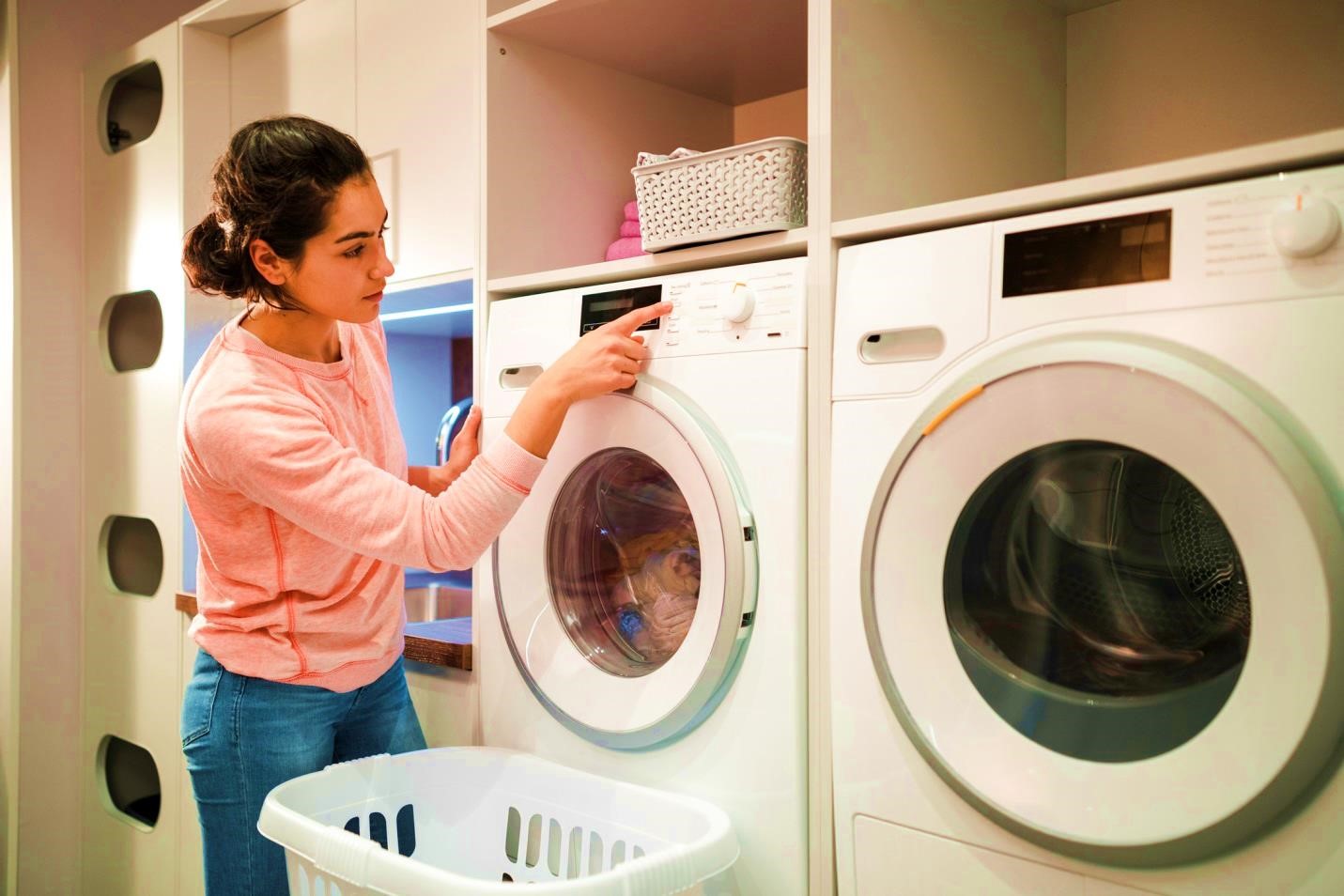In today’s fast-paced world, fashion trends change rapidly, leading to an increase in clothing waste and environmental harm. The concept of sustainable fashion promotes ethical production, responsible consumption, and eco-friendly choices. Building an eco-friendly wardrobe is not only beneficial for the environment but also allows you to embrace a timeless and responsible approach to fashion. Here’s how you can create a sustainable wardrobe without compromising on style.
-
Choose Quality Over Quantity
One of the key principles of sustainable fashion is investing in high-quality clothing instead of purchasing numerous fast-fashion items. Well-made garments last longer, reducing the need for frequent replacements. Look for durable fabrics like organic cotton, hemp, or linen, and opt for timeless designs that won’t go out of style quickly.
-
Support Ethical and Sustainable Brands
Many fashion brands are now adopting sustainable practices by using eco-friendly materials, ethical labor policies, and reducing waste. Research brands that follow ethical guidelines and prioritize sustainability. Some well-known sustainable fashion brands include Patagonia, Eileen Fisher, and Stella McCartney. By choosing these brands, you contribute to a positive environmental and social impact.
-
Opt for Second-Hand and Vintage Clothing
Thrift stores, consignment shops, and vintage boutiques offer unique fashion pieces that reduce textile waste. Buying second-hand clothing extends the lifespan of garments and minimizes the demand for new production. Online platforms such as ThredUp and Poshmark also make it easy to shop for pre-owned fashion from the comfort of your home.
-
Practice Minimalism in Fashion
A minimalist wardrobe consists of versatile and essential clothing items that can be mixed and matched effortlessly. Instead of accumulating a large collection of outfits, focus on a capsule wardrobe with neutral colors and classic designs. This not only reduces clutter but also helps in making conscious fashion choices.
-
Recycle and Upcycle Old Clothes
Instead of discarding old clothing, find creative ways to recycle or upcycle them. Transform worn-out jeans into stylish shorts, turn an oversized shirt into a trendy crop top, or add embroidery to refresh an old dress. Many brands also offer recycling programs where customers can return used clothing for repurposing.
-
Be Mindful of Fabric Choices
Synthetic fabrics like polyester and nylon contribute to environmental pollution due to their non-biodegradable nature. Opt for organic and biodegradable materials such as bamboo, linen, and organic wool. Look for certifications like GOTS (Global Organic Textile Standard) and OEKO-TEX to ensure fabric sustainability.
-
Wash Clothes Responsibly
How you care for your clothes also affects sustainability. Washing clothes less frequently, using cold water, and air-drying instead of machine drying can significantly reduce water and energy consumption. Additionally, using eco-friendly detergents helps prevent harmful chemicals from entering water sources.
-
Avoid Fast Fashion Impulses
Fast fashion brands release new collections frequently, tempting consumers to buy unnecessary items. Before making a purchase, ask yourself whether you truly need the item and if it aligns with your sustainable fashion goals. Mindful shopping reduces impulsive buying and unnecessary waste.
-
Repair Instead of Discard
Many clothing items can be repaired rather than thrown away. Learning basic sewing skills allows you to fix minor damages, such as loose buttons or small tears. Tailoring services are also an excellent option for extending the life of your favorite garments.
-
Donate or Swap Unwanted Clothes
Instead of discarding clothes, donate them to charities, shelters, or clothing swap events. Many organizations accept gently used clothing to support those in need. Clothing swaps with friends and family provide a fun way to refresh your wardrobe without purchasing new items.
Conclusion
Building a sustainable wardrobe is an ongoing process that requires mindful choices and responsible fashion habits. By prioritizing quality over quantity, supporting ethical brands, and embracing second-hand fashion, you can contribute to a healthier planet while maintaining your personal style. Sustainable fashion is not just a trend—it’s a commitment to making fashion choices that are both stylish and environmentally conscious. Start small, make thoughtful purchases, and inspire others to adopt an eco-friendly approach to fashion.







